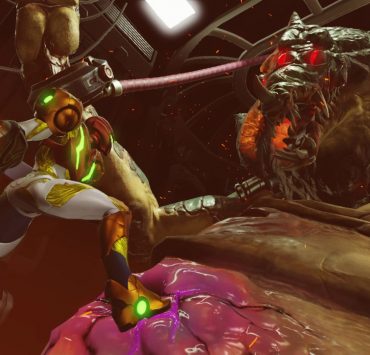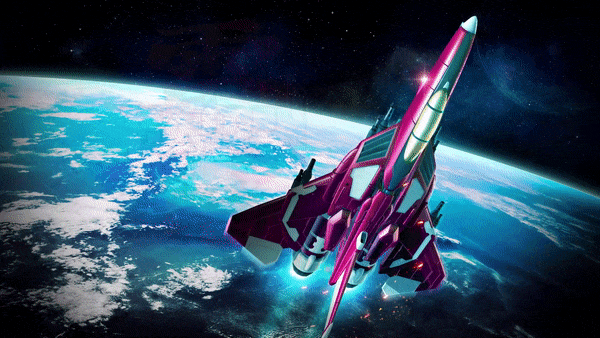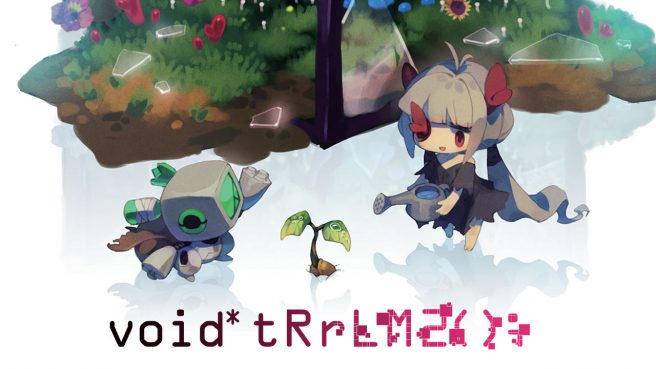The Caligula Effect 2 Switch Review – Oh, No! It Happened Again
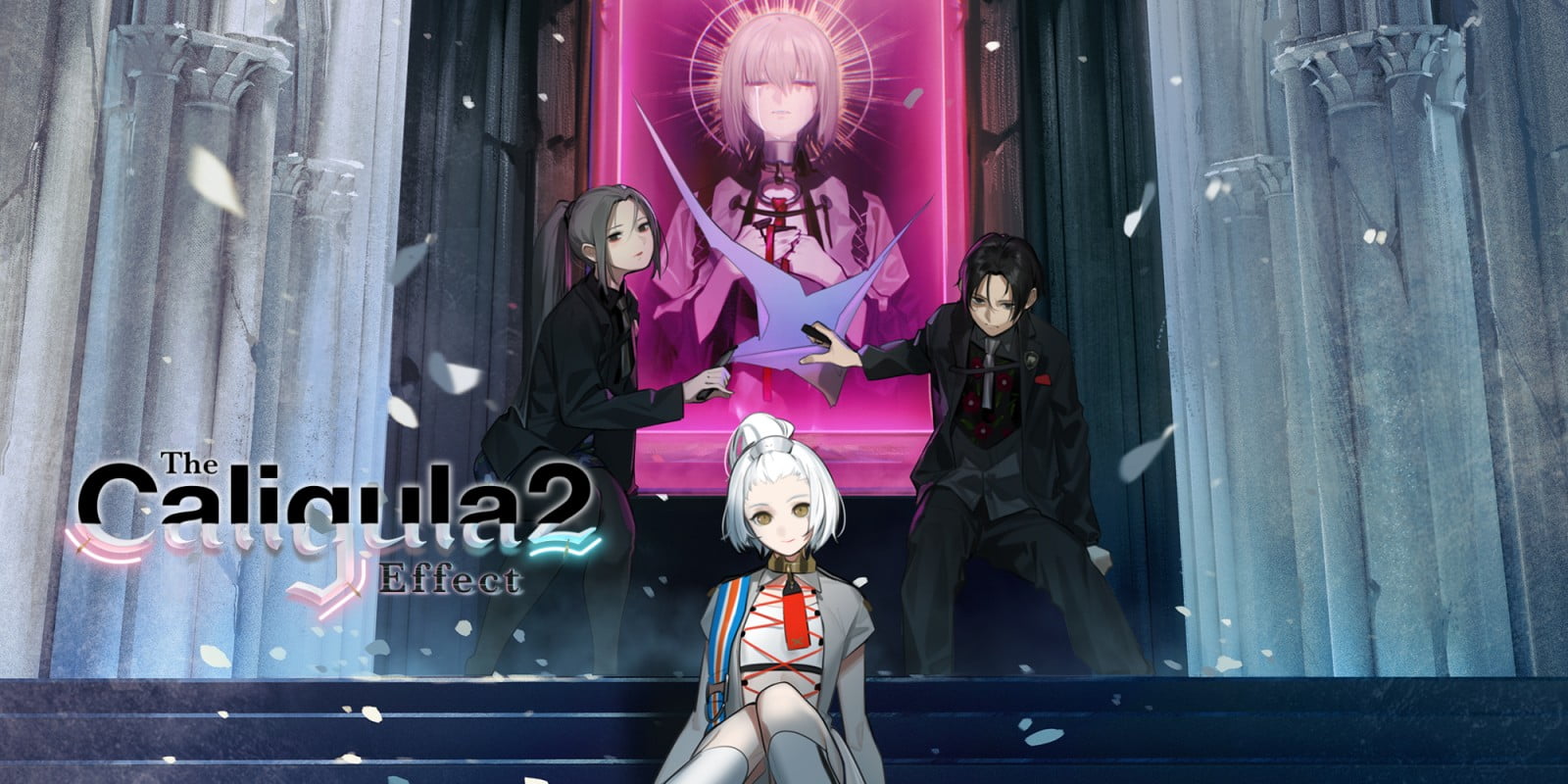
Unsurprisingly, The Caligula Effect 2 is a sequel to the original The Caligula Effect and follows a similar (almost identical at times) path to being an interesting JRPG experience.
Full disclosure, I did not even know about the original game before playing The Caligula Effect 2. I was tipped off about it being a sequel by the numerical identifier, but I’ve played a fair few sequels that either don’t require knowledge of the original or provide enough context to stand by themselves. The Caligula Effect 2 circumvents the newcomers to the series by both lengthy exposition explaining the concepts of the original and being a quintessential sequel in the “it happened again” virtual retreading of the story.
Now again, I did not play the original, but the characters refer to it enough and point out the matching plot points to the level that the protagonist’s group becomes known as the Go-Home Club second year (As opposed to the original game’s group being called the Go-Home Club). This isn’t really a problem per se, but I imagine a lot of the people that played the first would be sort of bored by the repeated elements and just be rushing to get to unfamiliar twists.
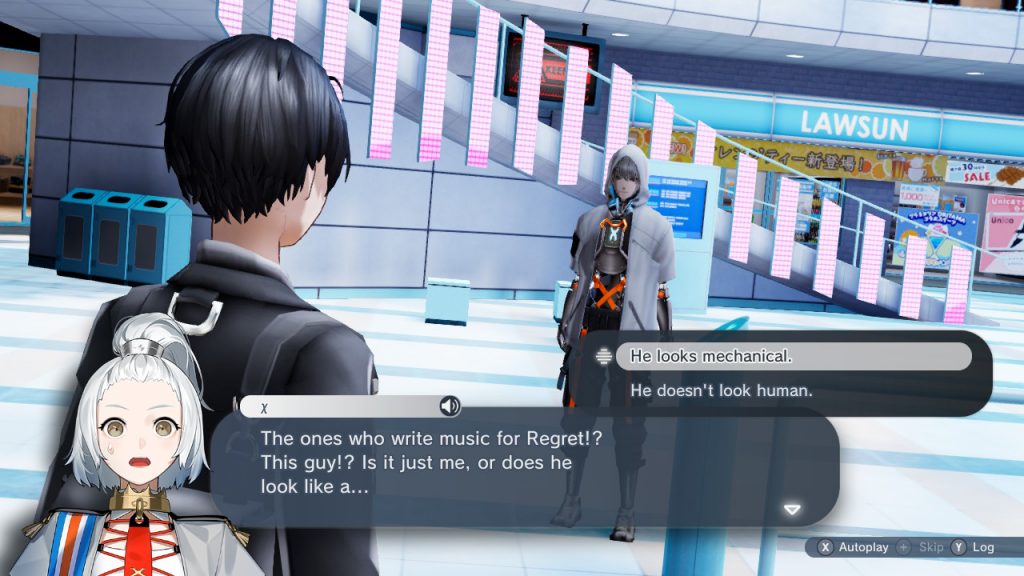
And this brings me to my first major negative, unfortunately. It is a negative shared by quite a lot of JRPG’s, and that is pacing issues. The Caligula Effect 2 opens with approximately 40 minutes of linked cutscenes before you can either save or explore. Dotted between these cutscenes are two moments: one where you can control your character, however, you’re in an empty hall and just need to walk to the end, and a second moment where you have a few sort of mock battles, that teach you the combat system.
The latter moment occurring about 35 minutes into the aforementioned 40 minutes. Again, JRPG’s are notorious for this, but generally you’ll be given a basic task or quest or even be able to walk from one cutscene to the next. Additionally, the expository info dump is quite… confusing. The game throws a lot of terms at you and then briefly explains them, which is still kinda confusing for people new to the series, and I’d expect quite annoying for those that finished the first game.
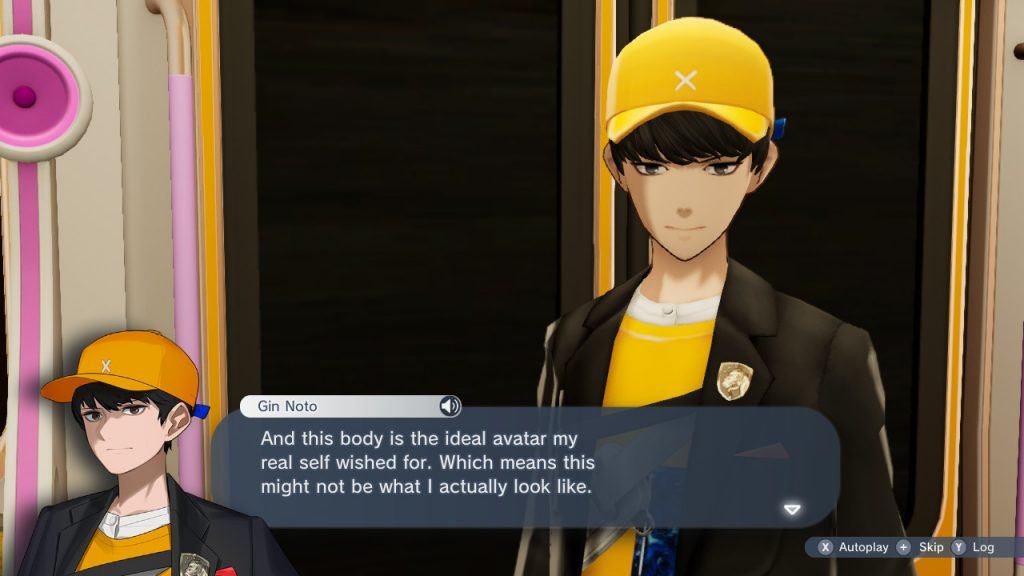
To try and break down the story a little, the world of The Caligula Effect 2 is not real. It’s a virtual world run by a virtuadoll and her musicians. That might sound kind of confusing, so just think of it as if The Matrix was run by Hatsune Miku and she played a lot of the Persona game series and you’re pretty much on track.
The Persona references come across with the art style and high school setting, but the games also share connective tissue in Satomi Tadashi, who wrote both The Caligula Effect games and was a scenario writer on the first three Persona titles (the music was done by Tsukasa Masuko, a former Megami Tensei composer which is the series that Persona was spun off from).
So this virtual world differs from a lot of virtual worlds people are trapped in from anime and other media, in that the people who live in Redo willingly entered it in order to essentially avoid real world trauma and live happy lives. But this also strips them of their humanity as eternal happiness is nothing without potential sadness, so ignoring those feelings makes nothing mean anything. The game posits this as one of the central themes, much like the first game did, except their virtual world was called Mobius and was created by Virtualdoll “μ” and Redo is ruled by Virtuadoll “Regret”.
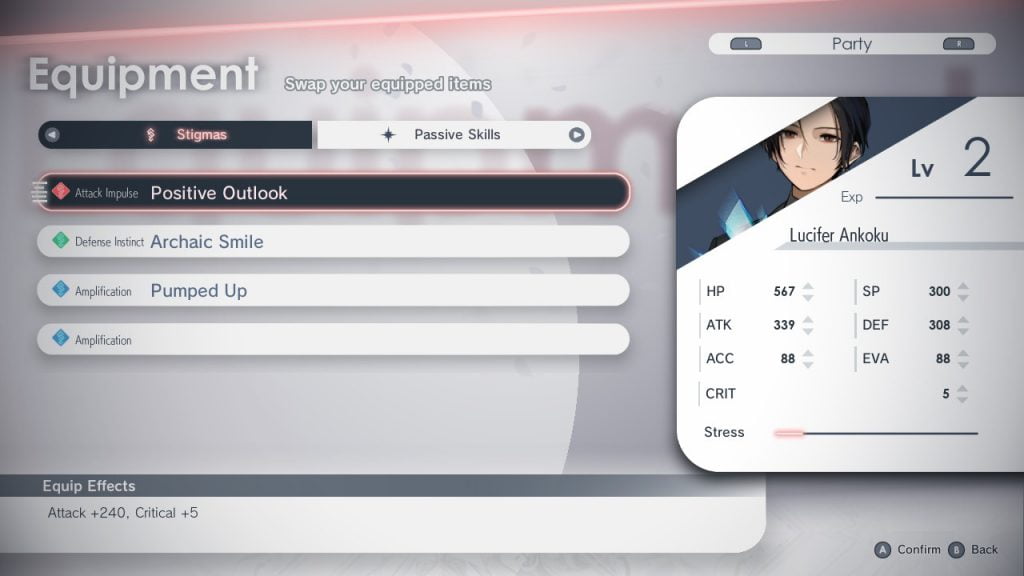
To cut a long story short, various character’s including the protagonist have been having bad dreams, which is a concept not known in Redo, and it causes them to realize the truth of the world and decide to take down Regret and return to the real world. They are aided by another Virtuadoll named “χ” who claims to be the daughter of μ as μ is being blamed for this new virtual world and χ wants to clear her “mother’s” name.
However, her presence in Redo alerts Regret and her musicians (essentially her bodyguards/enforcers, who assist Regret in ruling over Redo and all have knowledge that they are in a virtual world… they also write music for Regret who still functions as a virtual idol even in her own world). From here the Go-Home Club second year forms and as they enlist more members they also face each of the musicians who range from a robot/cyborg (that looks shockingly similar to Genos from One-Punch Man) to a girl that could also be a pop idol, to a mysterious man in a weird mask. Each of these musicians also have their own theme song which segues nicely into what I wanted to mention next.
Whether by design or coincidence, The Caligula Effect 2 manages to use a few very well-used JRPG tropes and actually explains a reasoning for them. The main ones being the theme songs mentioned just above, as the character’s actually mention that the music is diegetic (i.e. they can hear it in their reality as well, and it actually serves as a way of determining that fights will occur). The other tropes are the impossibly attractive cast of characters and the somewhat overused high school setting, which are both explained by the fact that Redo is a virtual world created for people to hide in, so naturally they appear in the world as their ideal form. I’m sure a lot of people would want to relive their late teen years, especially if they could be impossibly attractive anime characters.

What is less explained but still pretty cool is the battle system. In The Caligula Effect 2, fights are turn-based, with a sort of Final Fantasy ATB system where a fast character can take multiple turns before a slow one depending on the actions selected. However, they also use a system known as the Imaginary Chain which allows a simulated prediction to be made before an action is performed, allowing you to tweak the timing slightly or even back out and select a completely different and more appropriate technique.
You can select to have your team on “auto” in which they will select techniques based on the assigned playstyle, or you can manually select each character, which is a much better option tactically as you can tweak each character’s timings and increase combos, such as countering with one character which launches the enemy and then delaying the next until they can hit them in the air which grants bonus damaged, etc). Once you work out the system it’s possible to overcome fairly high stat gaps, which the developer’s obviously realised as they have placed enemies in most dungeons of obscenely high level’s (generally around all of your character’s combined), that won’t pursue you but stand in front of this game’s version of a treasure chest. And being able to take them down is pretty satisfying honestly.
Unfortunately, the super powered enemies sort of ties into another somewhat disappointing aspect, which is character design. While the main protagonists and antagonists are well designed, NPC’s and enemies are far less varied. During my time with the game, I recall seeing about 3, possibly 4 types of enemies, and due to the art-style of the game even those few look quite similar. They are all humanoid with a sort of glitch aesthetic over them, and it’s not the usual stock creatures (slimes, rats, skeletons, etc). That may clash with the story, but once the people transform into Digiheads or Puppetheads (different in terms of the story, exactly the same in terms of gameplay), it’s really fair game on what they could become, so seeing the same few types over and over loses impact almost immediately.
NPC’s have a similar problem, with the exception of a few, most will be either male student A, B, C, D, or female student A, B, C, D, which also makes spotting the ones that walk around a little more tricky.

Outside of direct combat, the game also uses some fairly established JRPG traits, such as receiving XP, money, and sometimes items for victory in battle. It also provides AP which is used to master skills linked to equipment, so you can equip those skills without the associated equipment (similar to Final Fantasy IX). After each fight, you’ll also be completely healed, so you can focus on going all out in every fight.
Each character has a special technique that they need to build up their “Stress” meter to use, (similar to the Limit Break function in Final Fantasy VII), and your Virtuadoll companion can perform a song in battle which carries a variety of benefits. This uses a different meter, which is far easier to build up (but generally I forget to use it as most fights can be won by just planning things out without using the song or special attacks).
Another major feature of the game is connections, in addition to the 8 potential team members, you can also form bonds with hundreds of NPC’s who will generally have quests that you can complete to increase your bonds with them and gain some rewards. The most important being stat growth bonuses for your main character (who starts with C- in every stat). Quests range from someone wanting a consumable item to a series of running back and forth trying to gain information. The weirdest quest I went on had me trying to either vilify or exonerate a school teacher that was accused of sexually harassing a student, although the quest line still continues in a direction where it could go either way. You can also establish and strengthen bonds with your team members, although these mostly just go toward establishing who they are more than providing any items.
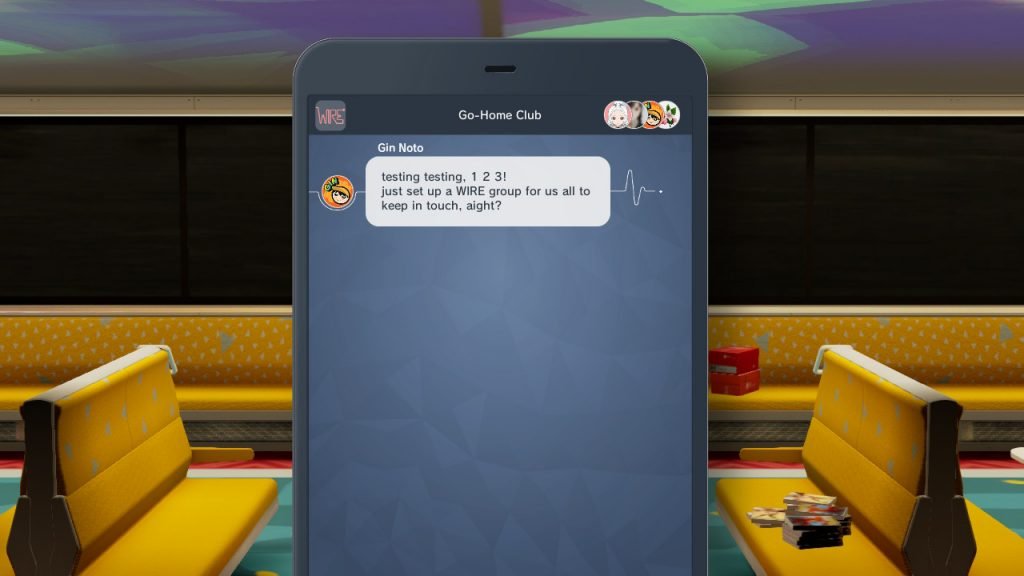
There is still plenty more to talk about, but The Caligula Effect 2 is pretty much a game that you’ll probably know if you’re going to like or not just based on the genre and art style. I thoroughly enjoyed my time with it and would recommend it for JRPG fans, even if it does have some minor flaws like character models looking like they are floating an inch off the ground during most cut scenes and some quest NPCs constantly walking around so they are impossible to find when you want to turn in their quests.
Still, the good outweighs the bad in The Caligula Effect 2, but I hope next time they try to take the story in a direction that separates it much further than the first two games to keep it fresh.
The Caligula Effect 2 Review provided by Nintendo Link
Publisher: NIS America
Developer: FuRyu Corporation
Release Date: October 19th, 2021
Price: $49.99, £44.99, €49,99
Game Size: 6.7GB
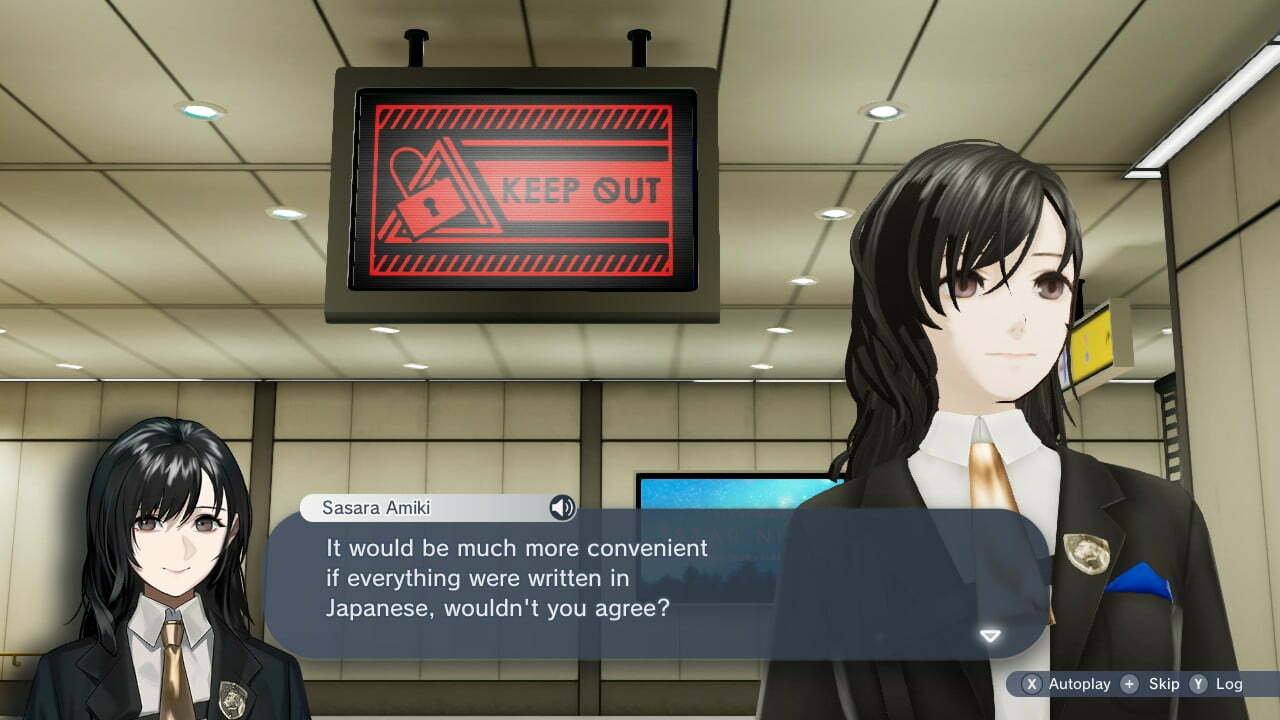
Combat is fun and satisfying
Nice anime art style
Fun character's
Interesting story
Covers deep themes
Fun electronic based soundtrack
Character models are very floaty in cutscenes
Not a lot of variety in NPC or Enemies
Some Quest NPC's walk around too much
40 minutes of cutscenes before the game really starts
Story seems to follow a very similar path to the first game






